SOSC1050 UNIT 4 TOUCHSTONE 4: Criminological Insights: Analyzing Crime and Theory
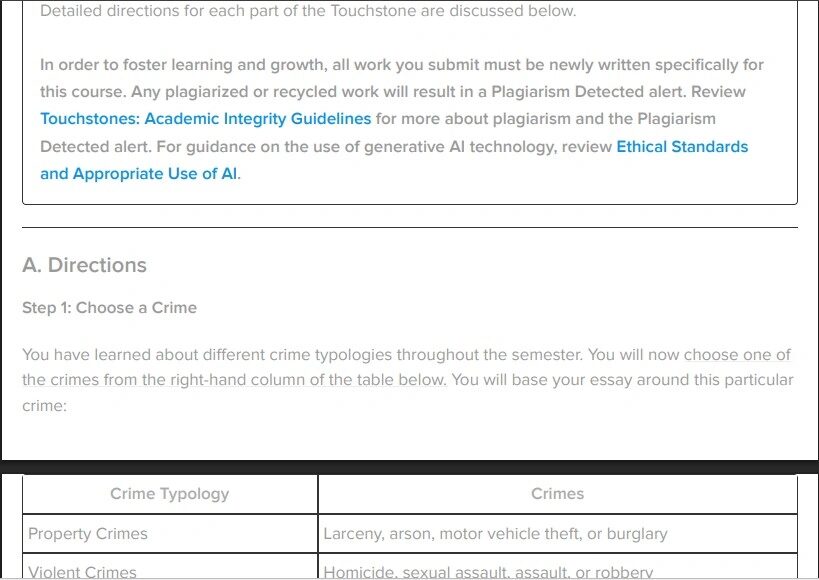
Touchstones are projects that illustrate your comprehension of the course material, help you refine skills,
and demonstrate application of knowledge. You can work on a Touchstone anytime, but you can’t submit
it until you have completed the unit’s Milestones. Once you’ve submitted a Touchstone, it will be graded
and counted toward your final course score.
Criminological Insights: Analyzing Crime and Theory
Assignment: This Touchstone will assess important aspects of criminology that you have learned
throughout the course. You will choose a crime discussed in the course and then provide the
following: an introduction that describes your chosen crime and its impact on society, an analysis of
a criminological theory and its relationship to the crime, and a conclusion with a prediction about
the future.
This assignment should be 750–1000 words.
Detailed directions for each part of the Touchstone are discussed below.
In order to foster learning and growth, all work you submit must be newly written specifically for
this course. Any plagiarized or recycled work will result in a Plagiarism Detected alert. Review
Touchstones: Academic Integrity Guidelines for more about plagiarism and the Plagiarism
Detected alert.
For guidance on the use of generative AI technology, review Ethical Standards
and Appropriate Use of AI.
A. Directions
Step 1: Choose a Crime
You have learned about different crime typologies throughout the semester. You will now choose one of
the crimes from the right-hand column of the table below. You will base your essay around this particular
crime:
Ready
Submitted
Graded
When you’re ready to upload your
document, click here.
SUBMIT TOUCHSTONE
Currently, it takes about 3-5 business days for a Touchstone to be graded.
UNIT 4 — TOUCHSTONE 4:
Criminological Insights: Analyzing Crime
and Theory
-/125
Crime Typology Crimes
Property Crimes Larceny, arson, motor vehicle theft, or burglary
Violent Crimes Homicide, sexual assault, assault, or robbery
Public Order Crimes Drug use, prostitution, or gambling
Hate Crimes A traditional crime motivated by bias
Terrorism Domestic or international terrorism
Cybercrime Hacking, malware, or cyberbullying
Transnational or Organized Crime Drug trafficking, human trafficking, or money laundering
White-Collar or Corporate Crime Securities fraud, health care fraud, or embezzlement
Step 2: Write Your Analysis
Once you have chosen the crime you would like to research from the right-hand column above, provide
an introduction that gives an overview of the extent of the problem. In the introduction, be sure to define
your crime. Then, consider the following questions to convey how this crime impacts society in the U.S.
You do not have to answer all these questions, but they are ideas to consider when conveying the
nature and extent of the crime:
How many cases of this crime occur each year?
Has the crime rate for this crime been increasing or decreasing in recent years?
Are there certain people who are more likely to engage in this type of crime or be the victims of this
type of crime?
You must use one outside source to research and explain the nature and extent of your chosen crime.
When choosing your external source, use credible sources (e.g., textbooks, academic journals, or
websites that end in .org, .gov, or .edu). Do not use non-credible sources such as social media or
Wikipedia. When referencing this source in your response, be sure to include an in-text citation using
APA format. For guidance on APA citation, see Section C (below).
Here are some websites that you could investigate for your external source:
Bureau of Justice Statistics
Federal Bureau of Investigation
National Crime Victimization Survey
National Incident Based Reporting System
Office of Juvenile Justice and Delinquency Prevention
Next, choose one specific theory that we have discussed throughout the course and apply it to your
crime. In this course, we have discussed many criminological theories, including:
Deterrence
Rational Choice
Positivism
Social Disorganization
Strain/Anomie
General Strain
Social Control
Differential Association
Social Learning
Labelling
Delinquent Subculture
Biological Trait
Biosocial
Psychological
Critical
Routine Activity
Feminist
Integrative
Life Course
Here are some helpful ideas to keep in mind as you choose your theory:
Often, multiple theories could be applied to the same crime, but you only need to choose one. For
example, if you are interested in examining the crime of larceny, you might look into rational choice
theory, social disorganization theory, or strain theory, among others.
If you are looking into a type of cybercrime, you could look into deterrence theory, social learning
theory, or differential association theory, among others.
The goal is that you can explain the theory, in general. Then, discuss how the theory specifically
applies to people who commit the crime you chose.
Use information from 3–4 Sophia tutorials to explain how this theory relates to your crime. Provide intext citations for the tutorials.
Recall how to format an in-text APA citation for a Sophia tutorial in APA:
(Genetics, 2024)
Lastly, sum up what you have written in your essay in a conclusion. Indicate what the future will look like
for this type of crime: Are there things the criminal justice system could do to reduce this type of crime?
Step 3: Create a Reference Page
You have used evidence and information from 3–4 tutorials and from one outside source to support your
responses. Now, develop a reference page.
Here is how to format a reference page entry for a website in APA:
Lastname, F. M. (Year, Month Date). Title of page. Site name. URL
And here is an example:
Price, D. (2018, March 23). Laziness does not exist. Medium.
https://humanparts.medium.com/laziness-does-not-exist-3af27e312d01
Your reference entries for Sophia tutorials should use the following format:
Reference: (2024). Genetics. In Criminology. Sophia Learning. URL
Step 4: Review Rubric and Requirements
Review the rubric to ensure that you understand how you will be evaluated. Also review the
requirements to ensure that your Touchstone is complete.
Only submit your Touchstone once it meets
the expectations for the assignment as described in the assignment and rubric, and your citations meet
APA guidelines. The Additional Resources below include links to resources that can help with APA
formatting, citations, and references.
Step 5: Submit Your Touchstone
Submit your completed Touchstone using the blue button at the top of this page.
B. Requirements
The following requirements must be met for your submission to be graded:
Composition must be 750–1000 words, double-spaced, with one-inch margins.
Use a readable 11- or 12-point font.
Composition must be original and written for this assignment, and all writing must be appropriate for
an academic context.
Use of generative chatbot artificial intelligence tools (ChatGPT, Bing Chat, Bard) in place of original
writing is strictly prohibited for this assignment.
Plagiarism of any kind is strictly prohibited.
Submission must include your name, the date, and the title of your composition.
Include all of the assignment components in a single .doc or .docx file.
C. Additional Resources
The following resources may be helpful to you as you work on your Touchstone assignment.
Purdue Online Writing Lab’s APA Formatting and Style Guide. This site includes a comprehensive
overview of APA style, as well as individual pages with guidelines for specific citation types.
Frequently Asked Questions About APA Style. This page on the official APA website addresses
common questions related to APA formatting. The “References,” “Punctuation,” and “Grammar and
Writing Style” sections will be the most useful to your work in this course.
APA Style: Quick Answers—References. This page on the official APA Style website provides
numerous examples of reference list formatting for various source types.
Appropriate Level of Citation. This page offers guidance on how to effectively avoid over- or undercitation.
D. Rubric
Advanced
(100%)
Proficient
(85%)
Acceptable
(75%)
Needs
Improvement
(50%)
Introduction
Introduction provides a
description, extent, and
overview of the crime.
15%
Introduction provides a
clear and detailed
description, extent, and
overview of the crime.
Introduction provides a
description, extent, and
overview of the crime.
More detail is needed.
Introduction provides a
description; however,
the description is
inaccurate.
An
overview and extent of
the crime is vague.
An introduction is
attempted but is very
brief and does not
provide an overview
accurate details.
Advanced
(100%)
Proficient
(85%)
Acceptable
(75%)
Needs
Improvement
(50%)
Impact on Society
The impact of the
chosen crime on
society in the U.S. is
thoroughly described.
15%
Provides a clear and
detailed description of
the crime’s impact on
society in the U.S.
Provides a clear and
detailed description of
the crime; however, a
more detailed
explanation of the
crime’s impact on
society in the U.S. is
needed.
Provides a description
of the crime and its
impact on society in the
U.S.; however,
inaccuracies may be
present.
The description of th
crime and its impact
society in the U.S. is
unclear or inaccurate
Theory Application
A criminological theory
from the list is
described and
successfully applied to
the crime.
30%
At least one theory
from the list is
described and applied
to the crime.
At least one theory
from the list is
described and applied
to the crime; however,
more detail is needed.
At least one theory
from the list is
described; however,
the application is
ambiguous or
inaccurate.
One theory is
described; however,
is not from the list, or
the description is
inaccurately applied
the crime.
Conclusion
Conclusion summarizes
the essential elements
of the assignment and
makes a statement
about the future of the
crime.
20%

The conclusion fully
summarizes each of the
above rubric
components and
makes an appropriate
statement about the
future of the crime.
The conclusion
generally summarizes
the above rubric
components and
generally makes a
statement about the
future of the crime.
The conclusion
summarizes most of the
above rubric
components; however,
some key elements are
missing, and statement
about the future of the
crime is ambiguous or
inaccurate.
The conclusion does
not summarize the
essential elements o
the assignment, and
the statement about
the future of the crim
is missing or
inaccurately applied
the crime.
References
Sources are
appropriately identified
and integrated.
10%
Evidence from four
tutorials and one
credible outside source
is provided and cited in
text and in the
reference page. Proper
APA formatting is used.
Evidence from three
tutorials and one
credible outside source
is provided and cited in
text and in the
reference page.
Proper
APA formatting is used.
Evidence from two
tutorials and one
credible outside source
is provided and cited in
text and in the
reference page. Errors
may exist in APA
formatting or in-text
citation.
An attempt to cite
sources is made.
Serious errors in sou
credibility and APA
formatting may exist.
Conventions
Submission follows
conventions for
standard written
English and meets
requirements.
10%
There are almost no
errors in grammar,
punctuation, spelling,
and capitalization; all
length and formatting
requirements are met
or exceeded.
There are minor errors
in grammar,
punctuation, spelling,
and capitalization that
do not impede
readability; length and
formatting
requirements are
nearly met.
There are frequent
errors in grammar,
punctuation, spelling,
and capitalization that
somewhat impede
readability; length and
formatting
requirements are
nearly met.
There are consistent
errors in grammar,
punctuation, spelling
and capitalization tha
significantly impede
readability; length an
formatting
requirements are
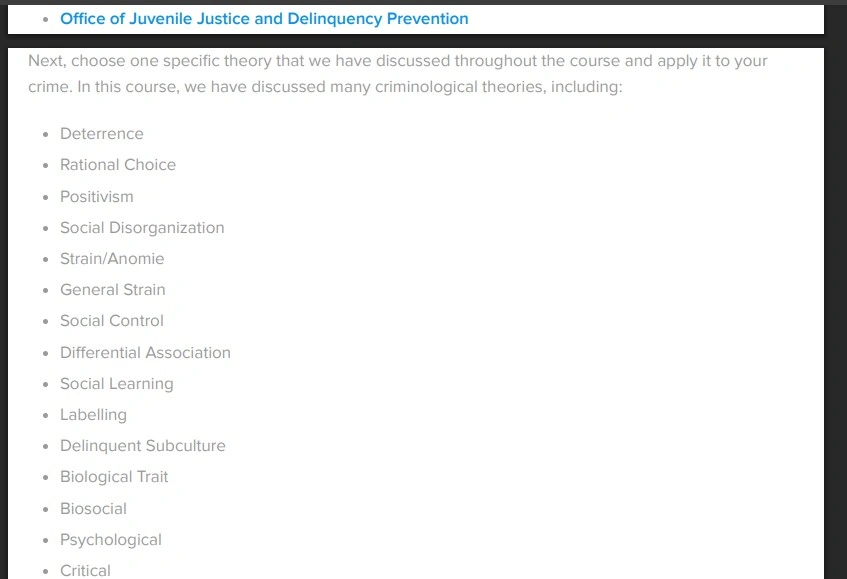
Solution ( Purchase our solution for $10) ( examhawk@gmail.com)

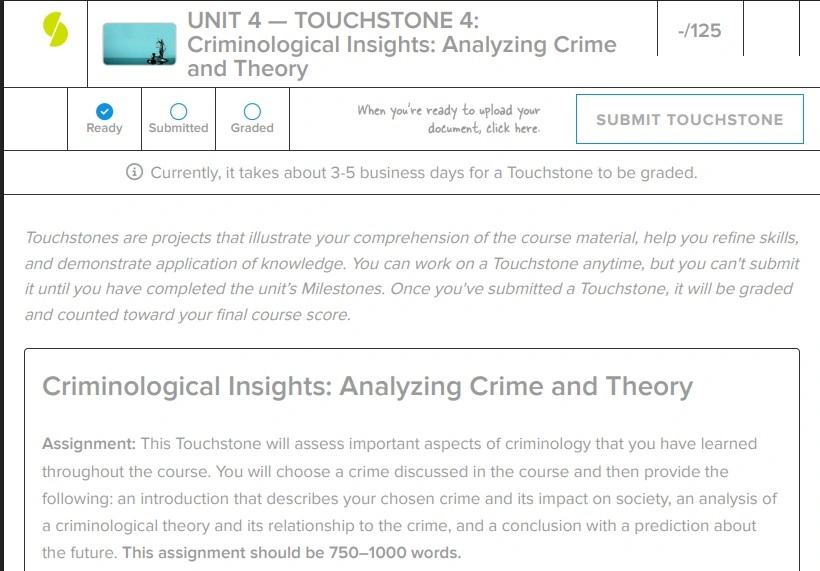
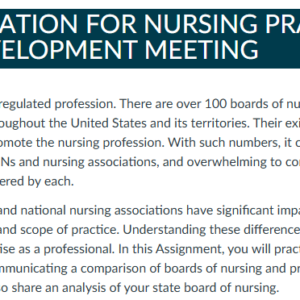
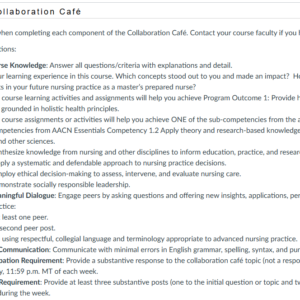
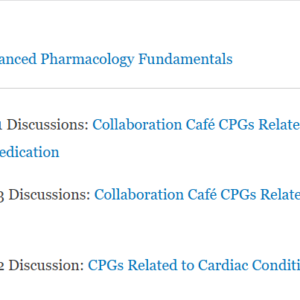
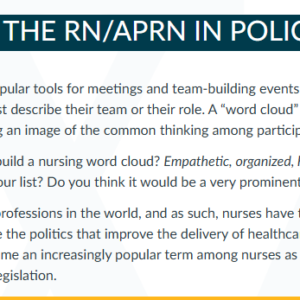
Reviews
There are no reviews yet.